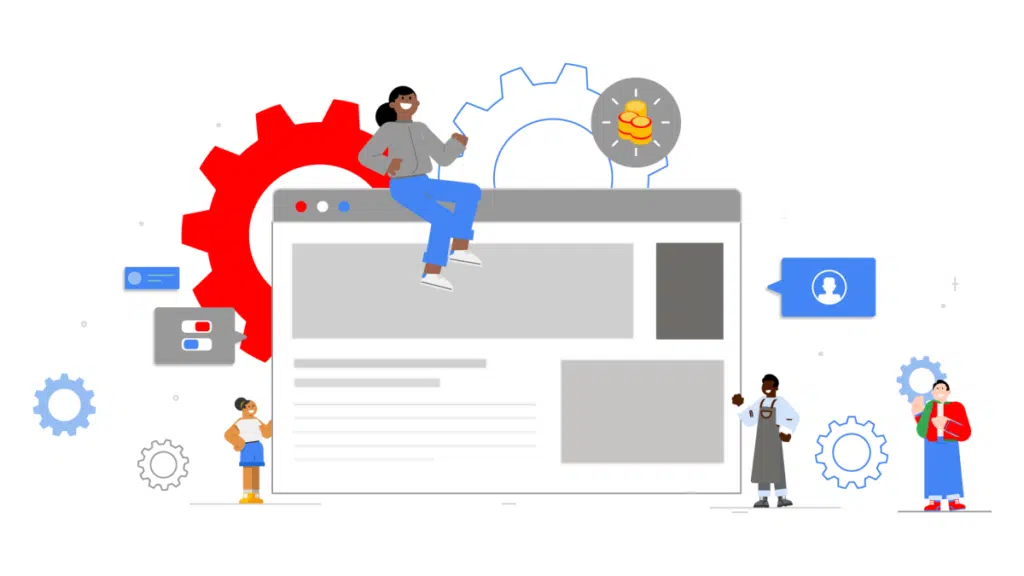Web development has become a crucial aspect of many industries in the modern globalized world. From small businesses to corporations to educational institutes to the government itself, every entity needs a website.
Web development is all about creativity and technical know-how. This guide will help you out with making your first website.
Choose Something Simple and Fun.
This may seem discouraging but it’s an important piece of advice. It’s always a given that you might go overboard and overly ambitious with your first project, but it might become rather fruitless and discouraging as it goes on.
Take on more refined projects once you have more experience with small-scale ones. Pick a blog project for starters. They’re good starters in design exercises and learning how a Content Management System (CMS) works. There are plenty of blog templates on the internet so integrating them into your project will make it even easier for you.
Draw Inspiration from Other Designers and Developers.
You might have come face to face with a lot of websites that had stunning designs and innovative development. Bookmark those sites that inspire you as you go. The works of other designers can influence your websites.
There are great web designs featured on Pinterest. You can find illustrations, book covers, and blog designs that you can compile into a mood board.
There are also sites like Awwwards, Behance, and Dribble that you can visit to get inspiration.
Have Content at the Ready.
You should keep the content you want to put on the website. You can optimize and edit your content according to Google SEO later so don’t worry about ‘perfection.’ If you know what you are going to publish, even if it’s a rough idea, it will make it easier for you to truly accommodate the bulk of the content.
Having content by you when you’re designing the website can help you get a better layout of the design and function of the site. You can also make earlier changes to the site when you need to if you have the content by your side.
Keep the Design Simple.
Simple website design benefits not only the viewer but also the designer. Your design should have an easily followable order that viewers can logically make out.
Understand User Experience (UX) and User Interface (UI).
You have to remember that a website is not just there to give cold-hard information. The way it’s presented, the color scheme you use, and the interactive nature of the site all come together to give the user an unforgettable experience.
Understanding UX is equivalent to understanding the audience. Based on your content, take into account how your audience will react and interact with the site you have created in the digital space. To do that, make sure you keep your design simple, logical, and fulfilling.
You can visit https://webflow.com/blog/the-beginners-guide-to-user-research to understand and learn about UX a little better.
UI is a completely different aspect of website development than UX. UI deals with providing the users with the tools they need to interact with the website. To make UI user-friendly, you should follow logical reasoning. The same logic should be understandable to the users.
In https://webflow.com/blog/10-essential-ui-design-tips you will get more ideas on how to design better UI on your site.
Where to Learn Web Development
If you are a newcomer to the web development field or trying to hone your skills more before setting out to take on a project, we recommend you follow a small course provided by trusted individuals or groups.
The following online course providers can be a great help to you in that regard.


